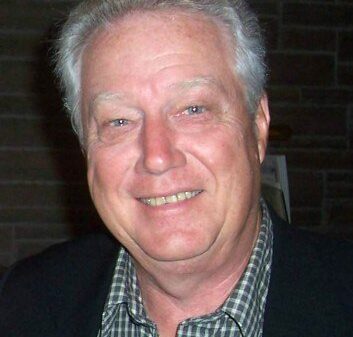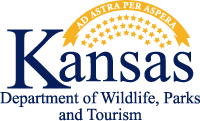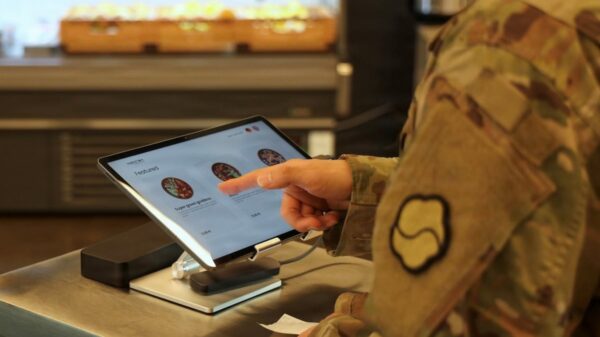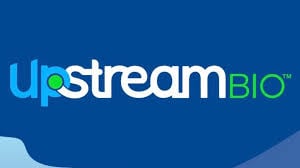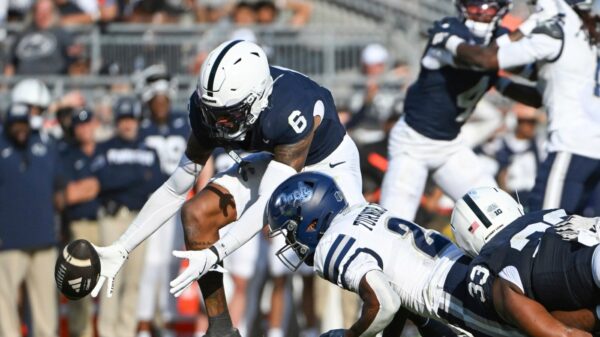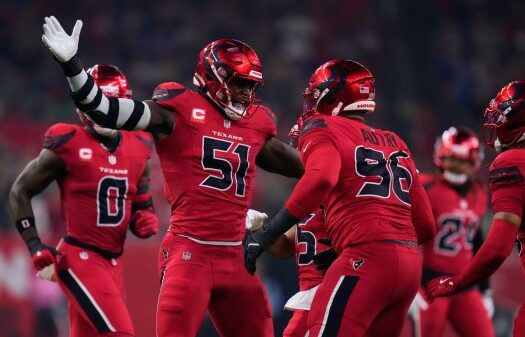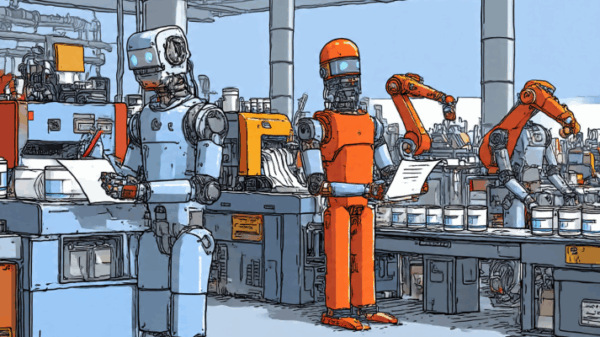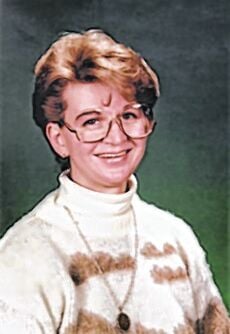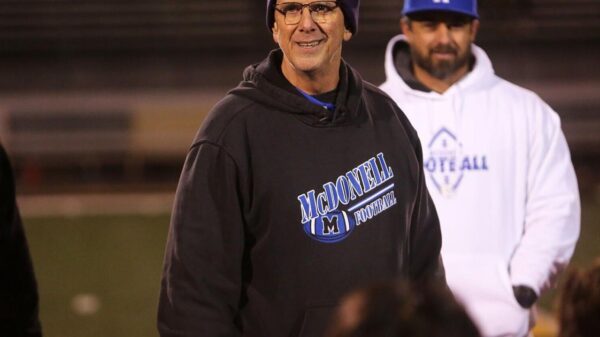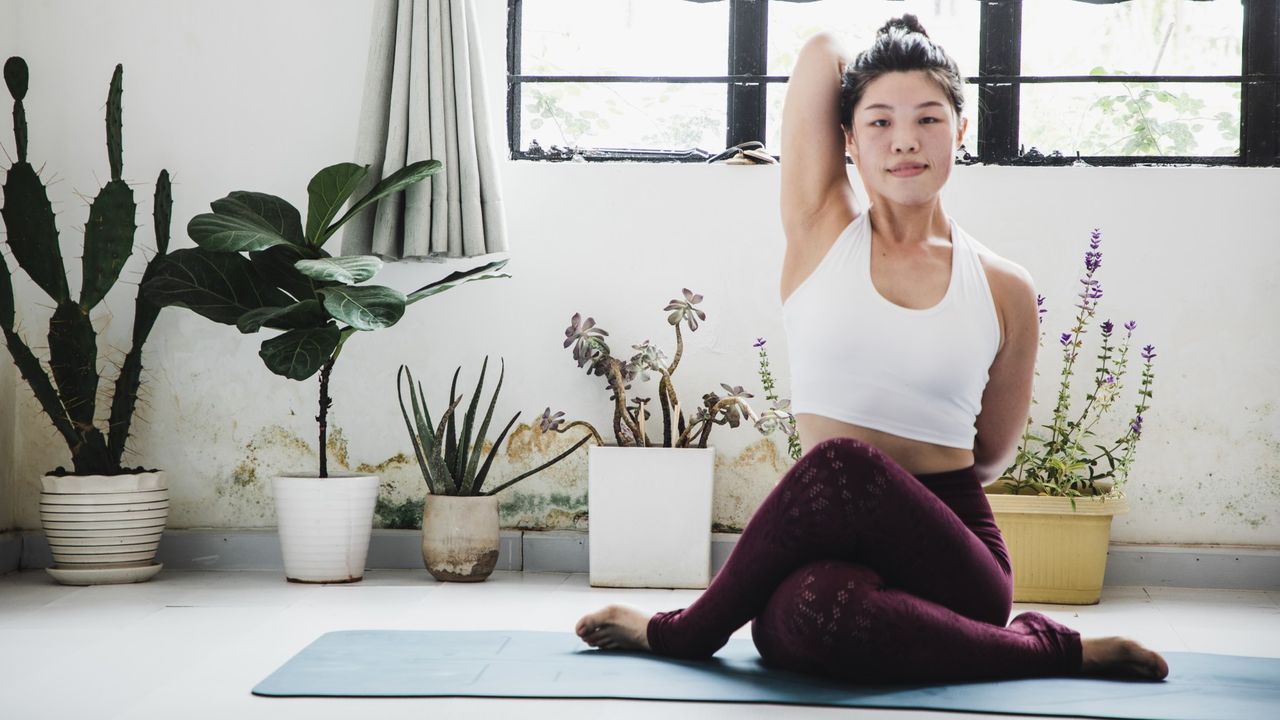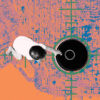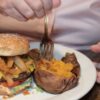Practicing the cow-face pose, or Gomukhasana, can significantly enhance flexibility and alleviate tension in the hips, glutes, and shoulders within just one week. This yoga stretch, which engages multiple muscle groups, has been particularly beneficial for individuals with tightness from weightlifting or other physical activities.
The cow-face pose targets the hips and gluteal muscles while also stretching the shoulders. For those unfamiliar, the posture involves sitting on a yoga mat, stacking the knees, and drawing the heels close to the body. Although the final shape may resemble a cow’s face to some, the primary focus is on achieving a deep stretch that promotes improved posture and overall body alignment.
To perform cow-face pose, follow these steps:
1. Begin seated on your mat, crossing your right leg over your left so that the knees stack on top of each other.
2. Bring your right heel close to your left hip and bend your left knee to position the heel near the right hip.
3. Relax into the mat and maintain an upright spine.
4. Inhale while reaching your right arm out to the side, then exhale as you bend it behind your back, palm facing away.
5. Extend your left arm upward and bend it to reach behind your left shoulder.
6. Attempt to clasp your hands together behind your back or use a strap if flexibility is limited.
7. Hold the position, focusing on deep breaths, then switch sides.
For a complete experience, practicing the pose for just 30 seconds on each side, twice daily, can yield noticeable results. Many practitioners report feeling immediate relaxation in their shoulders and an enhanced sense of openness in their hips.
The benefits of this pose extend beyond mere physical flexibility. Regular practice can improve posture by encouraging a tall spine and promoting deep, mindful breathing. As participants hold the stretch, they often find themselves feeling more aligned and centered.
One individual noted significant differences in their body after just a week of practicing cow-face pose. Despite initial discomfort, they experienced increased relaxation in their shoulders and improved hip mobility. The pose specifically targets the outer hips and glutes, while also engaging the upper body, including the rotator cuff muscles.
Another key observation was the disparity in flexibility between sides of the body. Many practitioners discover that one side may feel tighter, indicating imbalances that could lead to posture problems. For example, using a resistance band can help those struggling to clasp hands together behind their back.
It is advisable to consult with a qualified yoga instructor when attempting new poses to ensure proper technique and safety. As with all physical activities, listening to one’s body is crucial; feeling challenged is different from experiencing pain.
For those seeking to enhance their practice, additional modifications can be beneficial. Sitting on a bolster or block can improve alignment, while folding forward during the pose may deepen the stretch in the hips and lower back.
Overall, reintroducing the cow-face pose into a daily routine can lead to significant improvements in flexibility and body awareness. While mobility requires a diverse range of exercises, this particular stretch offers a powerful option for those looking to enhance their physical well-being.

